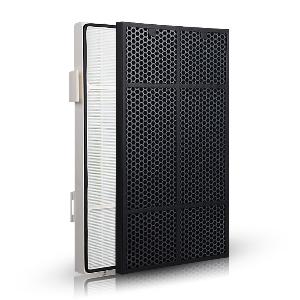source:Industry Trends release time:2024-05-28 Hits: Popular:led screen wholesaler

The full name of DLP is Digital Light Processing, which means digital light processing in Chinese. This technology applies digital micro mirror chips as the main key processing components to achieve digital optical processing. The principle is to divide the light emitted by the light bulb into RGB primary colors through a color wheel, and then project the colors onto the DMD chip through a lens; By using synchronous signal method, the electrical signal of the digital micro mirror chip is converted into grayscale continuous light, combined with three colors of R, G, and B to express the color, and finally reflected through the projection lens to image on the projection screen.
The DLP seamless splicing screen technology provides an achievable projection method for displaying digital signals, thus completing the full digital underlying structure. Its digital properties can achieve fine image quality and color reproduction with precise digital grayscale levels. Because DMD is a reflective device with over 60% optical efficiency, it makes DLP systems display more efficiently.
The DLP seamless splicing screen technology adopts a back projection method, which can project 100% of the image onto the entire screen. Through special processing of the screen edges, the gap between the screens is less than 0.5mm, commonly known as seamless splicing. The effective service life of DMD can reach 100000 hours.
Of course, the DLP seamless splicing screen technology also has its drawbacks. Due to the fact that the light source of DLP seamless splicing screen technology comes from light bulbs, it has high power consumption, high heat dissipation, and a decrease in brightness after use for a period of time, which requires users to constantly replace light bulbs to maintain the initial display effect. Moreover, its unit box is relatively large, which can cause some inconvenience during installation and inconvenience for users.
Read recommendations: